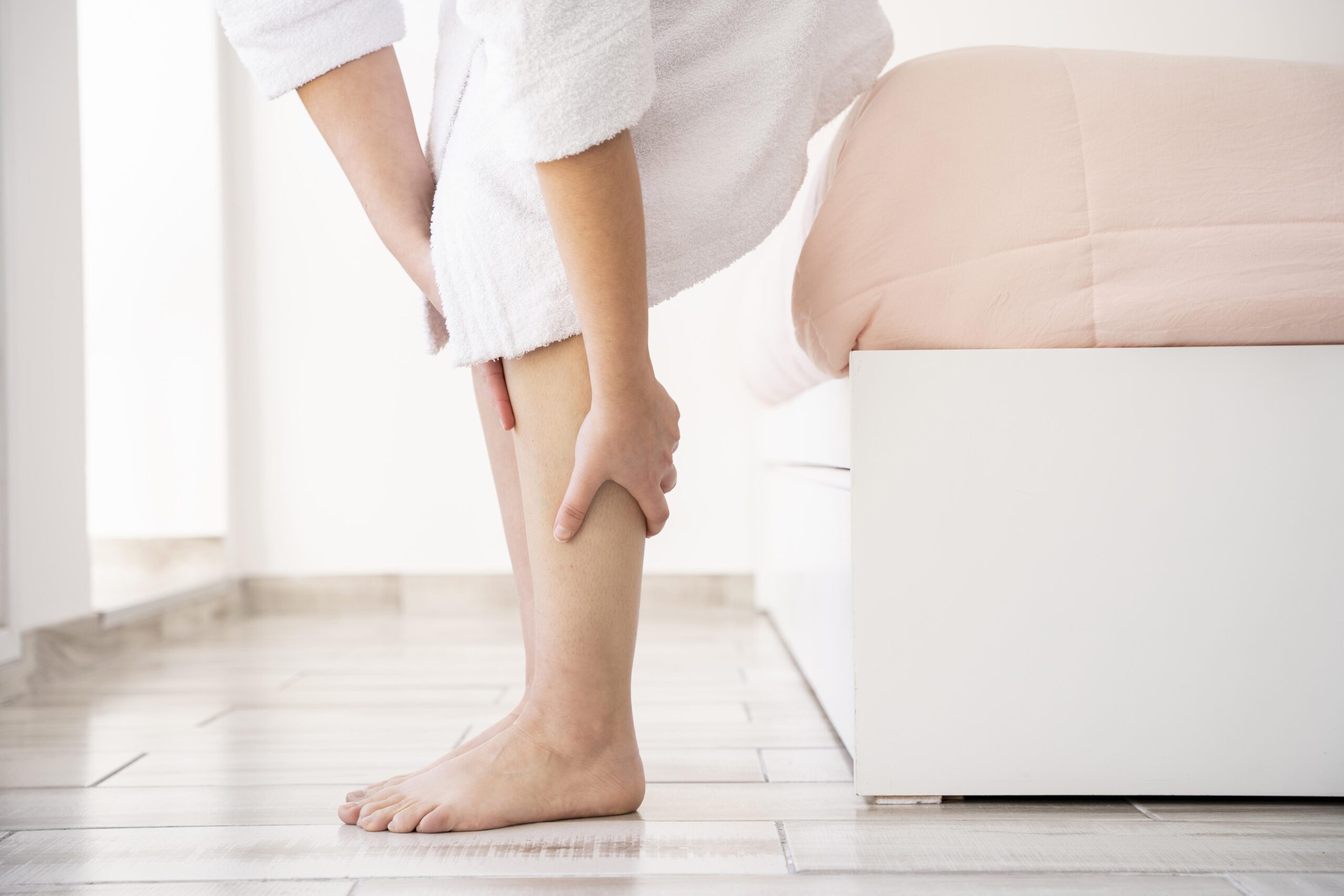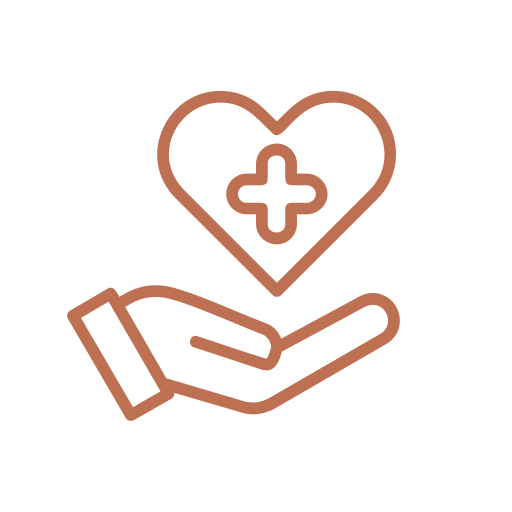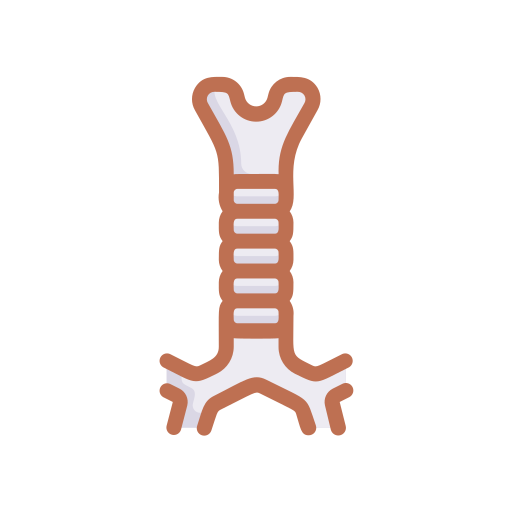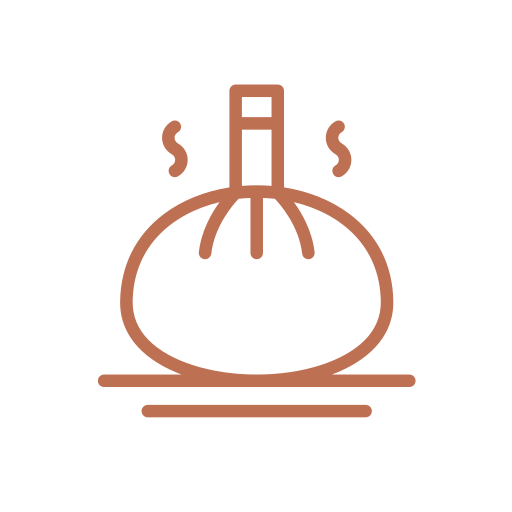What Are Varicose Veins?
Varicose veins are swollen, twisted veins that often appear blue or purple and are visible just beneath the skin’s surface. They most commonly occur in the legs due to increased pressure on the veins, which can lead to discomfort, pain, and aesthetic concerns. While often seen as a cosmetic issue, untreated varicose veins can lead to more serious complications like ulcers, bleeding, and deep vein thrombosis.
Symptoms of Varicose Veins
- Bulging Veins: Noticeable enlarged veins that may appear twisted or rope-like.
Aching Pain or Heaviness: Legs often feel heavy or tired, especially after standing or walking.
Swelling: Ankles and feet may swell due to poor blood flow.
Skin Changes: Darkening of the skin or development of dry, itchy patches around the affected area.
Muscle Cramping: Frequent cramps in the legs, particularly at night.






